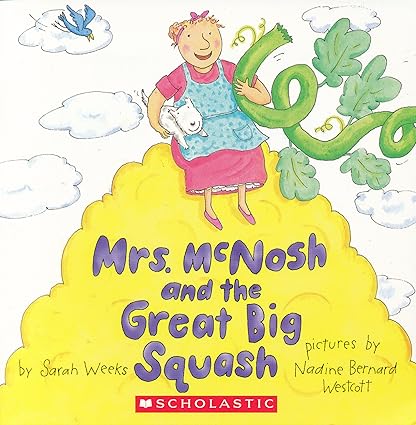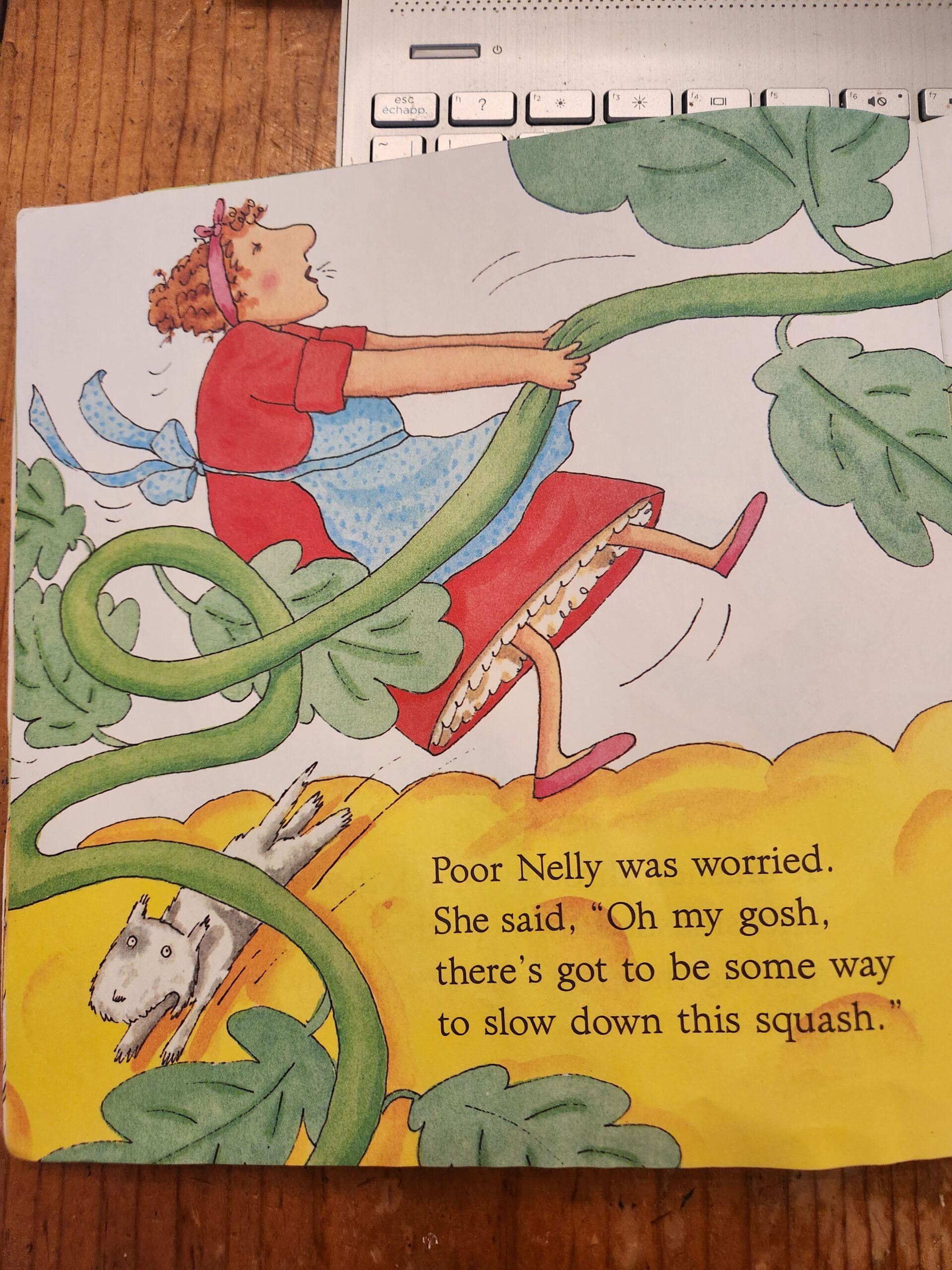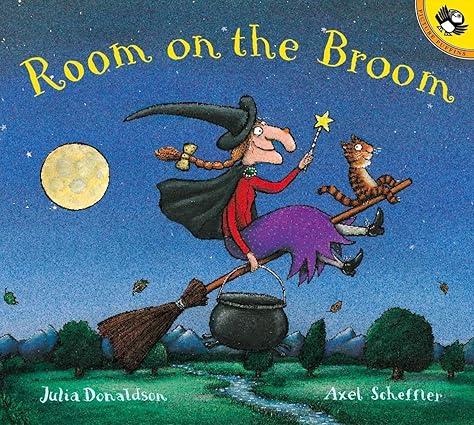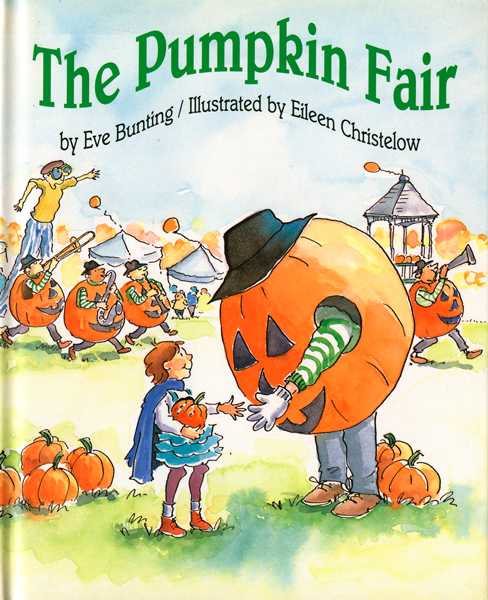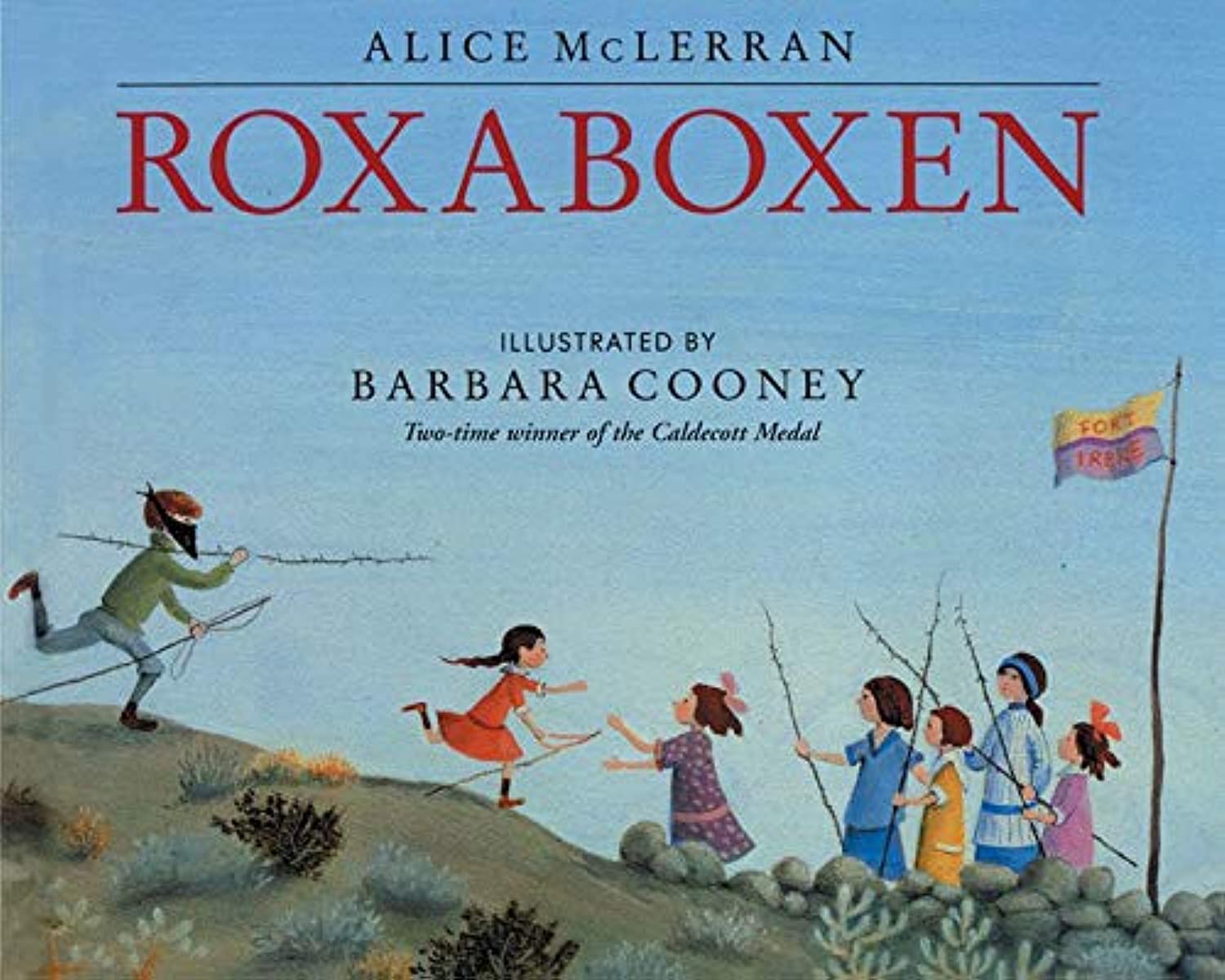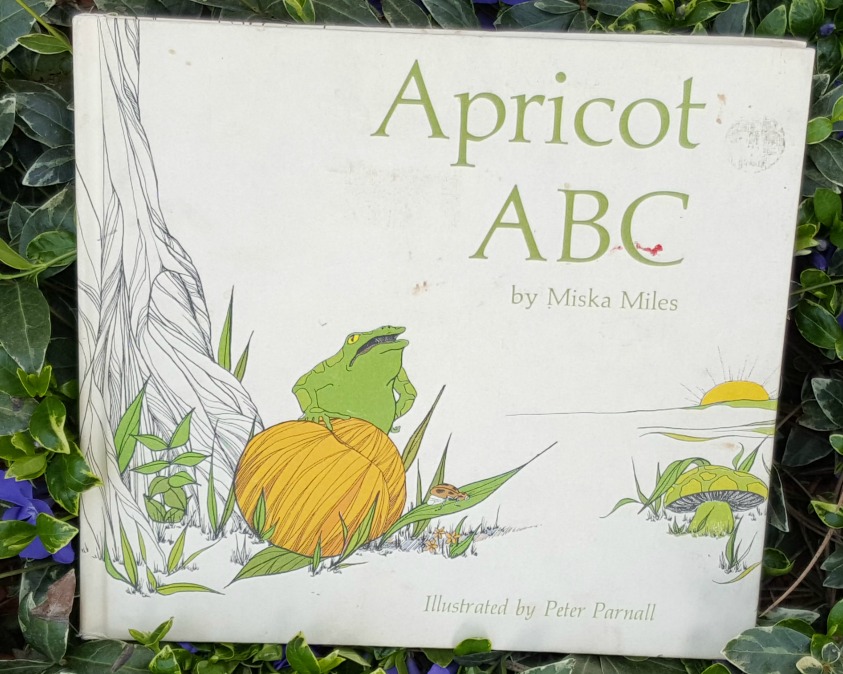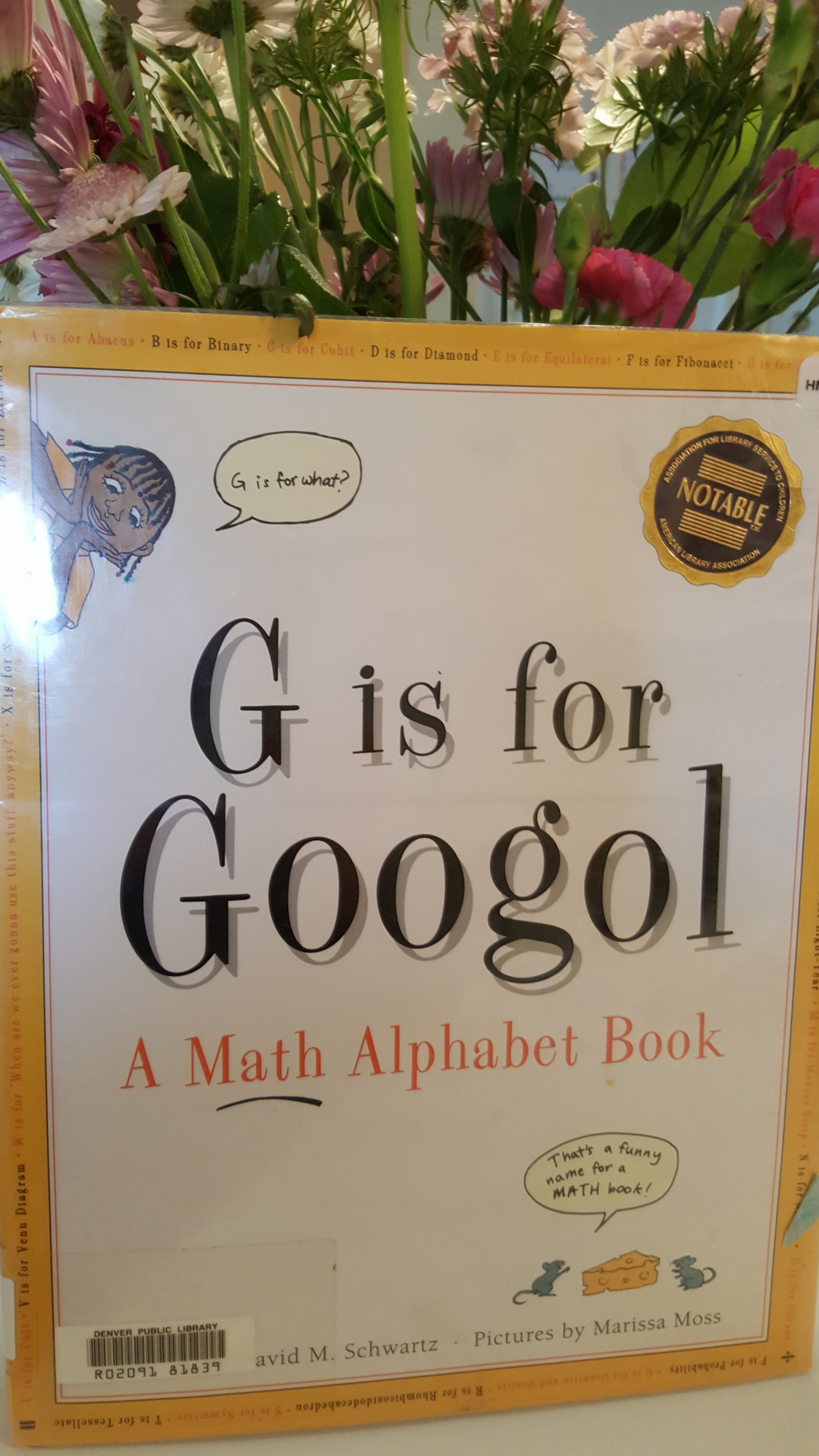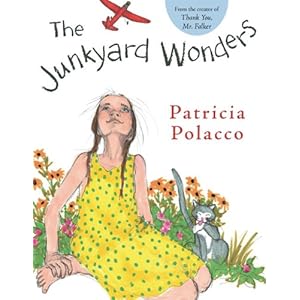Have you ever read a book and thought, “Why haven’t I ever heard of this book? Why isn’t everyone talking about this book? Did I miss something? People must know about this book!” (If you have, please, please share it in the comments below!)
I just finished reading this kind of book to my 5-year-old and I just had to share it with the world – or at least the tiny portion of the world that reads my little blog. Lucky you!
It’s called Apricot ABC by Miska Miles. The exquisite illustrations are by Peter Parnall.
I probably picked it up from a yard sale at some point, or perhaps it came from a box of my husband’s childhood books. I’ve seen it lying around my house recently and it looked like it might be sweet, so when I had a rare opportunity to snuggle up and read to just my little guy, I pulled it off the shelf.
I was afraid it would be a bit “babyish” for my strapping young man. He has known his ABCs for quite some time after all. But he was game, so we dove in. Right away I knew this wasn’t going to be your typical ABC book.
“An apricot tree grew knobby and tall
Beside a rickety garden wall.
A yellow-ripe apricot fell from that tree.
Swift as an arrow,
Just missing a sparrow,
It startled a . . . “
Bee. In case you’re wondering. It startled a Bee.
This ABC book has a plot! It tells the story of this apricot, and the plants and animals living near it, through the seasons. There’s an exciting scene with a “scary” hen that sends the birds and bees running to hide. And, of course, the book ends with a new tree growing from the original apricot seed.

The story is told is such beautiful language. The “Q” page is a favorite. Yes, the book is so amazing that the “Q” page is truly beautiful.
“Quietly, from special places
In the flickering shadow of Queen Anne’s laces,
Quickly ventured queer little things,
On fluttering, fragile gossamer wings.”
Not only is this book full of poetry, but the gorgeous illustrations double as a field guide for plants and insects. On the “U” and “V” pages you can identify dillweed, dock, ivy, purple violet, and Jimsonweed. Not to mention the aforementioned Queen Anne’s lace. The “C” and “D” pages have illustrations of crickets, butterflies, dragonflies and damselflies.
This book is perfect for Morning Basket Nature Study.

All of this, and you have the fun of finding the letter for each page hiding in the illustrations. Actually, that was the most absorbing part for my little guy the first time through. We will have to read this treasure many more times before we begin to exhaust the richness it offers.
I have so many ideas of how to use this book!
As we read it the first time we looked at the different shapes of leaves on the different plants. An older child could use it to draw and learn to identify the different plants. You could look up the plants and critters in a field guide and see how the illustrations compare to official drawings of the same. A simple story of seasons for a very small child. A fun point-to-the-animal book for a toddler. Not to mention the opportunities to find the words that start with that page’s letter,discuss the parts of speech of those words, examine the poetic devices used in the book. . . there are so many possibilities!
It is out of print, but there are a number of inexpensive copies available on Amazon. Check your library, but keep your eye out at used book sales! This is one you want to own.
